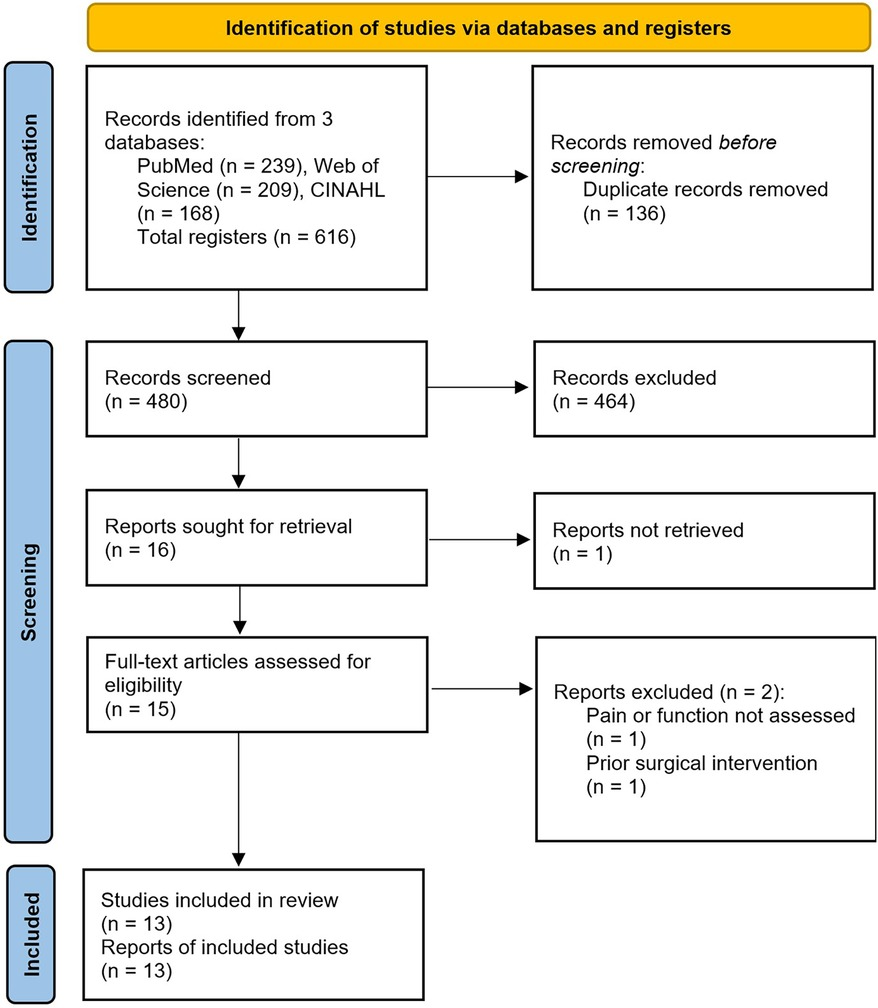The Patented Medicine Prices Review Board (PMPRB or the “Board”) has published a document entitled: Shaping the Future: A Discussion Guide for PMPRB Phase 2 Consultations on New Guidelines (“Discussion Guide”). The Discussion Guide outlines a new proposed framework for price reviews, including initial and post-initial price reviews (both based on an International Price Comparison (IPC)), special provisions for complaints and in-depth reviews, all to be operationalized in forthcoming guidelines.
According to the Discussion Guide, the new guidelines will aim to modernize and streamline the PMPRB’s administrative framework, ensure prices are not excessive and maintain transparency and predictability.
The PMPRB has invited stakeholders to provide feedback on the Discussion Guide by September 11, 2024. A webinar will also be hosted by the PMPRB in August at a date to be determined. Stakeholders will have an opportunity to submit questions.
The Proposed Framework
i. Section A: Initial Price Review
Under the proposed framework, the PMPRB will:
- compare list prices of patented medicines against their international comparators using the IPC at a threshold (e.g. Median, Highest International Price, etc.) yet to be determined).
On this basis, list prices which are under the adopted review threshold will be considered to be at low risk of excessive pricing and will receive an initial review from the Board within 60 days. No further consideration will be required until the conduct of a Post-Initial Price Review on an annual basis (Section B) or a review arising out of a complaint (Section C). If an IPC cannot be conducted due to a lack of international comparator prices (i.e. launch in Canada before any country in the PMPRB11), there will be no in-depth review triggered.
The PMPRB is seeking input on whether the applicable price review threshold should be the highest international price (HIP), median international price (MIP) or the midpoint (average) between the two.
The Board recognizes that many Rights Holders take the position that the HIP is the most appropriate price level to applied because, by definition, it is not possible for a price below the HIP to be excessive. However, the Board notes that in some instances it believes it possible for a price below the HIP to be excessive (e.g. when the TCC is significantly below the IPC as was the case in Shire BioChem Inc. (Adderall XR, 2008) and Horizon Pharma (Procysbi, 2022) hearings, wherein the Board found that a price above the midpoint between the TCC and the median international price was excessive).
Nevertheless, given that the premise of the proposed framework is to ease the administrative burden of the Board, it may not be practical to use the MIP as the applicable price threshold. In this context, the Discussion Guide states:
“Regarding administrative efficiency, the Board is aware that it is constrained in the amount of yearly in-depth reviews Staff can perform and that the number of in-depth reviews increases as the IPC identification criteria moves below the HIP. Some important data on the number of medicines in each category are provided in Figure 1, below.”
According to Figure 1, in recent years, 37% of new drugs exceeded the MIP and 78% of all drugs were above the MIP. If the MIP is adopted, query whether the Board has the resources to conduct that many price reviews every year.
Using the midpoint means that just over half of all drugs would be potentially excessively priced and subject to an in-depth review, but only 21% of new drugs would need a review. On the other hand, using the HIP would mean that one-third of all drugs would be potentially excessively priced and subject to an in-depth review, but only 8% of new drugs.
This may militate toward the selection of midpoint or HIP as a price review threshold, since MIP may be untenable from an administrative perspective. Furthermore, using the midpoint between the MIP and HIP (or the MIP) may have a negative impact on predictability since the MIP would be constantly evolving as drugs are launched in various PMPRB 11 countries over time.
ii. Section B: Post-Initial Price Review
Under the proposed framework, the PMPRB will:
- compare list prices of patented medicines against the same IPC threshold applied for the Initial Price Review.
- compare list price changes against changes in the Consumer Price Index (CPI).
- conduct comparisons on an annual basis.
The purpose of this review is to continuously monitor that drug prices are not excessive (i.e. higher than the adopted threshold) at any stage of a drug’s patent life cycle.
Historically, the Board conducted continuous monitoring by ensuring that prices did not increase beyond CPI. The proposed annual review would, however, require continual benchmarking if any pricing threshold other than the HIP is chosen (i.e. since the MIP will evolve as drugs are launched in various PMPRB 11 countries over time, a price that was deemed non-excessive in one year can become excessive in another).
On a related point, we note that the Board is proposing to allow a transition period for compliance with new guidelines only for Existing Medicines (i.e. those with a NEAP or MAPP prior to July 1, 2022). For New Medicines, no such transition period is being contemplated.
iii. Section C: Special Provisions
Under the proposed framework, the PMPRB plans to:
- enhance the efficacy and relevance of its complaints process as a stopgap to ensure that case-specific situations not captured by PMPRB’s IPC price review can be identified for an in-depth review when needed.
- open an in-depth review for specific categories of medicines subject to reduced reporting obligations, only if a complaint is received.
In this section, the Board notes that it is considering which groups of people should be able to file a complaint, including the Federal Minister of Health or any of his/her Provincial or Territorial counterparts, public and/or private payors only, everyone except for Rights Holders, etc.
The Board is also seeking comments on whether patented biosimilars and/or vaccines should be subject to price reviews in the same way as other drugs or only open to an in-depth review when a complaint is received.
iv. Section D: In-Depth Review
Under the proposed framework the PMPRB will:
- conduct an in-depth review considering all of the factors outlined in Section 85(1) of the Patent Act, including comparing prices to the IPC, changes in CPI, and the domestic and international therapeutic class comparison (dTCC and iTCC).
While the in-depth review criteria will be compared against the list price of the medicine, the Board will continue to use the average price per package and/or net revenues filed by the Rights Holder when considering a potential excess revenue amount in a voluntary undertaking submitted by the Rights Holder.
The factors taken into account in this in-depth review and the weight given to the different factors are not well described. It seems that the analysis could include a scientific review of a drug’s benefits weighed against its side effects and adverse events and then compared to other drugs. The process being contemplated appears to be quite complicated as regards the roles of various stakeholders (the Board, Rights Holders and HDAP) and the timing and process for conducting the scientific review to identify appropriate comparators.
The Discussion Guide marks a significant step towards clarifying the regulatory landscape of patented medicine prices in Canada. Rights Holders now face a critical period of commentary; a chance to shape the future of patented drug pricing.
The Fasken Life Sciences team remains available to discuss your submission.












